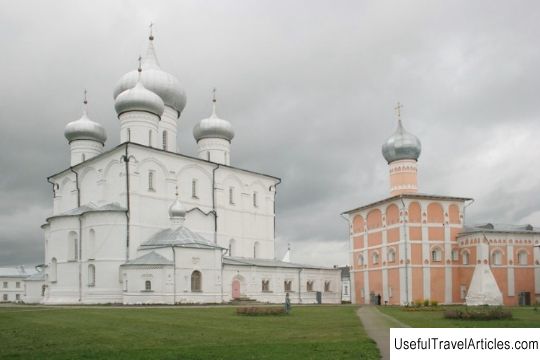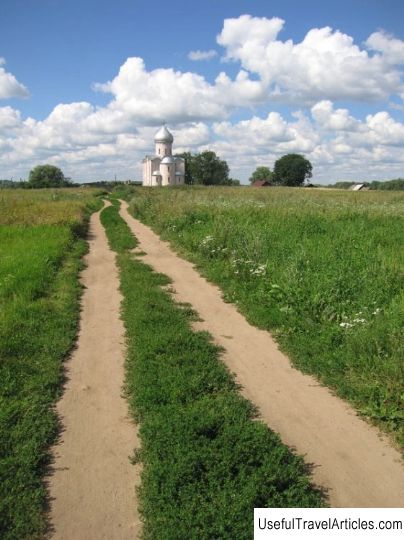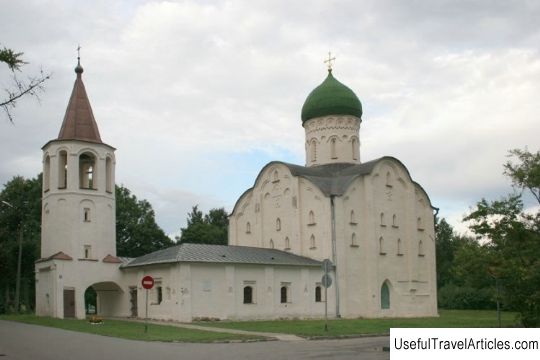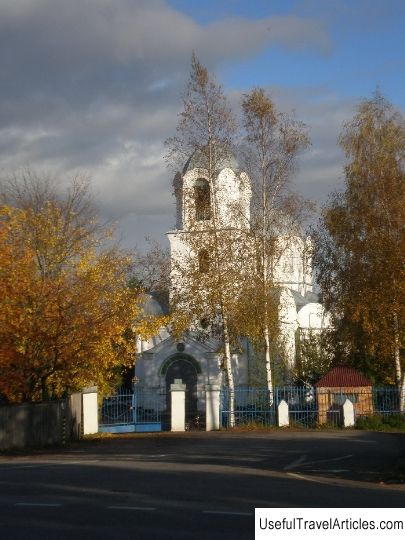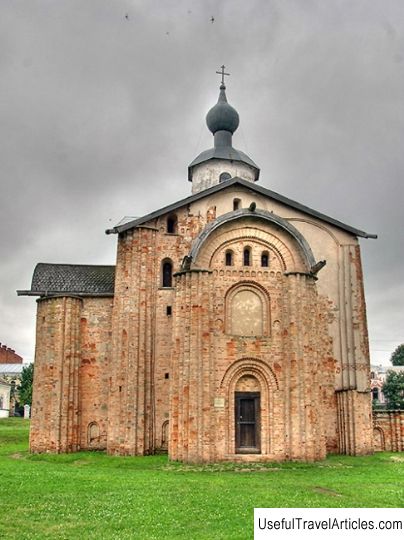Church of the Transfiguration of the Savior description and photos - Russia - North-West: Veliky Novgorod
Rating: 8,9/10 (1233 votes) 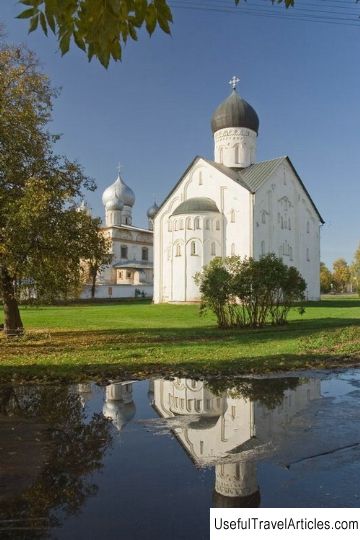
Church of the Transfiguration of the Savior description and photos - Russia - North-West: Veliky Novgorod. Detailed information about the attraction. Description, photos and a map showing the nearest significant objects. Photo and descriptionThe Church of the Transfiguration of the Savior was built in 1374; in 1378 it was already painted with frescoes. The church was built by the residents of the street, as well as the boyar Vasily Danilovich in honor of the memory of all Novgorodians who fell during an unsuccessful military campaign against the city of Torzhok. The Church of the Savior is one of the most outstanding monuments of the 14th century related to Novgorod architecture. In terms of its architectural structure, the church, as well as the earlier built church of Fyodor Stratilat, announced the completion of a fairly long period of the formation of a new trend in Novgorod architecture, which began at the end of the 13th century. The architect of the Church of the Transfiguration of the Savior, focusing on the proportions and forms indicated by Fyodor Staratilat, decided to go much further along the path of transforming and developing the decor of the facade of the building. But it is worth considering that the drum, walls and apse of the church are a little overloaded with various decorative elements, but still the structural basis of the whole building also remains simple and clear. In the central part of the southern facade, during the last restoration of the church, a five-part composition was discovered and renewed, consisting of three windows and a pair of niches between them. The composition is crowned with a five-bladed decorative edge. The Church of the Transfiguration of the Savior previously had a three-bladed end of the main facades, which was perfectly combined with a multi-bladed decorating arch. It is known that the three-bladed completion of the facades was an expression of a combination of angular semi-box and middle box vaults. As for the interior of the church, it repeats the previously developed solution, characterized by the allocation of the northwest, as well as the southwestern chambers, located on the choir floors as a closed limit and a room for household needs, connected by a passage-balcony made of wood. The passage itself is reached by a staircase located in the opening of the western wall. The most skillful hesychast master of that time was Theophanes the Greek, who painted the walls of the Church of the Savior. Epiphanius the Wise wrote that Theophanes never paid attention to images during his work, and could even talk for hours with people who came to him. In addition, with his labor Theophanes the Greek fought desperately against the heresy of the strigolniki in Novgorod. The incredible intensity of the images, restrained inner power, sharpness - all this was expressed by highlights, strokes and almost scanty lines. A sense of extraordinary grandeur and significance is conveyed with extraordinary power. Spiritual realism is presented on the verge of grotesque. Numerous frescoes depict the Holy Trinity, pillars, prophets. The pillars contemplate the Holy Trinity, and on them lies the radiance of the Holy Trinity. The figure shines through with the fire of Heavenly light. The manner of Theophanes the Greek does not know the details at all, because he operates only with a generalized form. A simple or complex shape is created with several sketchy overlaid strokes. Instead of the detailed cutting of hair, which is characteristic of painting the previous period, Theophanes the Greek endows all the figures with a certain head of undivided hair, expressed in an extensive decorative manner. The limit of generalization of the pictorial handwriting is the figure of the hermit Macarius, presented naked and completely covered with white hair. Hair hanging from the head and a gray beard merge into a single white spot, cutting through a red-brown sharp face and masterfully painted hands. All of Feofan's painting is conventional and flat. The majestic figures of the saints, like fantastic ghosts, stand out against the monochrome background of the walls and seem to have no material weight and real volume. The master almost does not strive to realistically interpret the forms, but nevertheless skillfully penetrates with his keen observation of nature. It was Theophanes the Greek who played a truly outstanding role in the cultural development of monumental Novgorod painting. Unfortunately, not all wall paintings of the famous artist have survived to this day. Nevertheless, the north-western part of the chamber wall in the choir, as well as in the space of the dome of the church, has been well preserved. Some fragments of the painting have been preserved in the central part of the temple and in the altar.        We also recommend reading Ruins of the Hinterhaus castle in Spiez (Ruine Hinterhaus) description and photos - Austria: Lower Austria Topic: Church of the Transfiguration of the Savior description and photos - Russia - North-West: Veliky Novgorod. |
